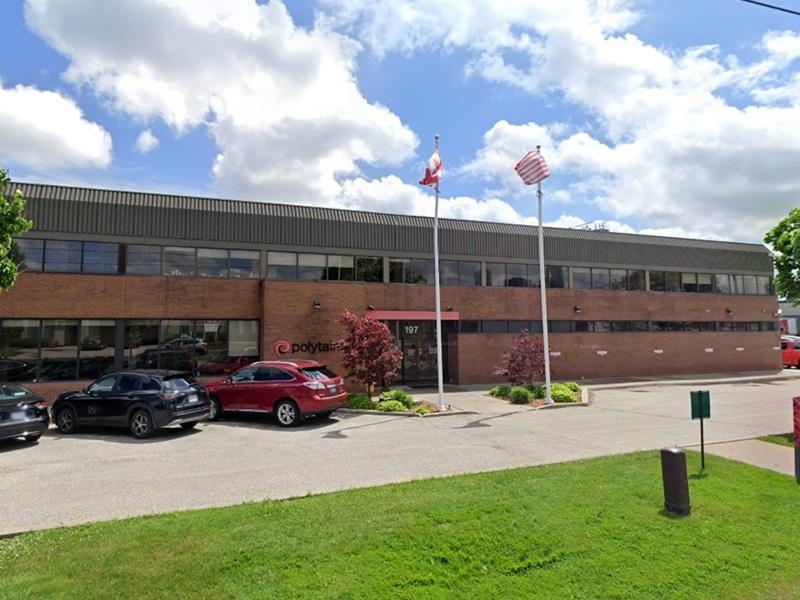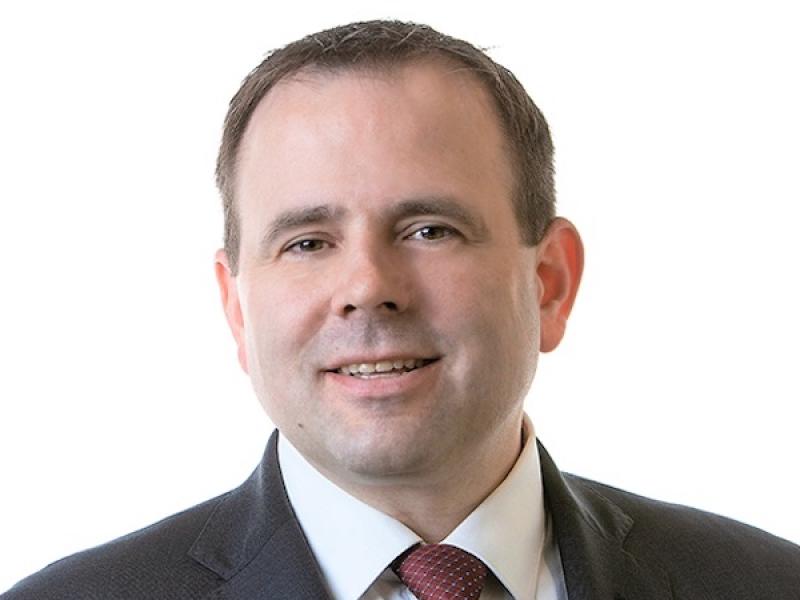
New York City-based W. P. Carey’s Canadian growth continues after the firm acquired two Greater Toronto Area industrial buildings as part of a three-property portfolio in a sale-leaseback deal with rigid plastic packaging supplier Polytainers.
The portfolio was acquired in a marketed deal for $93 million and encompasses 496,000 square feet at: Polytainers’ head office and manufacturing facility at 197 Norseman St. in Etobicoke; a mould design and injection mould manufacturing facility at 100 Gibson Dr. in Markham; and a manufacturing facility in Lee’s Summit, Mo.
“They are a leader in what they do and these facilities are mission-critical to their operations,” W. P. Carey vice-president of investments Boyd Borjiet told RENX. “The three buildings represent their entire manufacturing footprint.
“The two in Toronto are located in very good infill locations and the other one is located just outside of Kansas City in a great sub-market called Lee's Summit, which we know well and believe in the future for it.”
Polytainers has made significant investments in the properties, according to Borjiet, and has signed 20-year leases for the sites.
W. P. Carey’s portfolio
W. P. Carey is a publicly traded real estate investment trust. As of Sept. 30, it owned 1,662 net lease properties totalling 183 million square feet and generating U.S.$1.5 billion in annualized base rent from 373 tenants in North America and Europe. Its properties are 97 per cent occupied.
“We've been around for over five decades and in that entire time span we've always focused on one thing: single-tenant net lease properties,” Borjiet explained. “Over the years we've invested in almost every asset class, but today our bread and butter is industrial and retail.
"We’ll selectively look at adjacent net lease asset classes as well.”
W. P. Carey decided in 2023 to sell 87 office properties and spin off another 59 into a separate publicly traded REIT called Net Lease Office Properties to exit that asset class.
W.P. Carey has completed investments totalling US$1.6 billion this year while dispositions have totalled US$1 billion for 91 properties. That includes the sale of 37 self-storage properties for US$513.3 million.
W. P. Carey’s Canadian operations

W. P. Carey has owned properties in Canada for more than 20 years and the Polytainers deal expands its footprint to 35 properties totalling 5.74 million square feet. More than 97 per cent of the Canadian portfolio is comprised of industrial and warehouse properties and most are in Ontario.
This includes 11 pharmaceutical research and development and advanced manufacturing properties encompassing about 2.3 million square feet leased by Apotex Pharmaceutical Holdings, which makes it W. P. Carey’s second-biggest tenant. The company acquired the portfolio for US$468 million in 2023.
“If you look at the Canadian market in comparison to the U.S. market, the sandbox we play in, in net lease, is a lot less developed up north,” Borjiet observed. “In the U.S., you have dedicated investment groups like ourselves focused on net lease and you have dedicated brokerage platforms focused on net lease, and sale-leasebacks are very institutionalized.
“It's been a maturing market for the better part of three decades and we were credited with inventing the sale-leaseback in the United States back in the ‘70s on industrial properties.”
Canadian sale-leaseback opportunities
Borjiet said there’s less competition for sale-leaseback deals in Canada, which is why it’s one of W. P. Carey’s highest conviction markets.
Industrial real estate owners saw their valuations increase through the first part of this decade but, as the market has plateaued to a degree, some are now looking to sell those assets and invest the proceeds in growing their businesses.
“The sheer amount of opportunities we see in Canada is really exciting,” Borjiet said. “There’s nothing I can go into detail about, but we're really excited about our Canadian pipeline and we really look forward to continue building our presence in the market.”
W. P. Carey had total liquidity of US$2.1 billion at the end of September. When it’s interested in a Canadian asset, Borjiet said it has an advantage because it can close on a deal using all cash within 30 to 45 days.
“That speed and certainty of execution that sellers get when they go with us, versus going with someone who needs to go out and raise third-party debt, or at least consider third-party debt, sets us apart,” Borjiet said. “That's resonating with local sellers.”
W. P. Carey’s investment strategy
The weighted average lease term for W. P. Carey’s portfolio is 12.1 years. The REIT is interested in fully stabilized assets on long-term leases and stays away from value-add investments where additional capital expenditures are required.
W. P. Carey looks for three things when considering an investment:
- the real estate;
- the tenant’s credit worthiness and ability to pay rent for the duration of the lease; and
- how critical the property is to the tenant’s operations.
“When we buy a deal, we tend to target lease terms of 10 years or more,” Borjiet said. “We spend more than half our time on every single deal digging deep into the tenant itself, understanding their business and scrutinizing their financial statements.
“We view ourselves as a hybrid investor between real estate and credit because of our focus on that lease term.”
While W. P. Carey is open to investing in all sub-sets of industrial real estate, it’s particularly interested in specialized assets because it believes the risk-adjusted return is better and the replacement cost and criticality of such properties tend to be higher.









